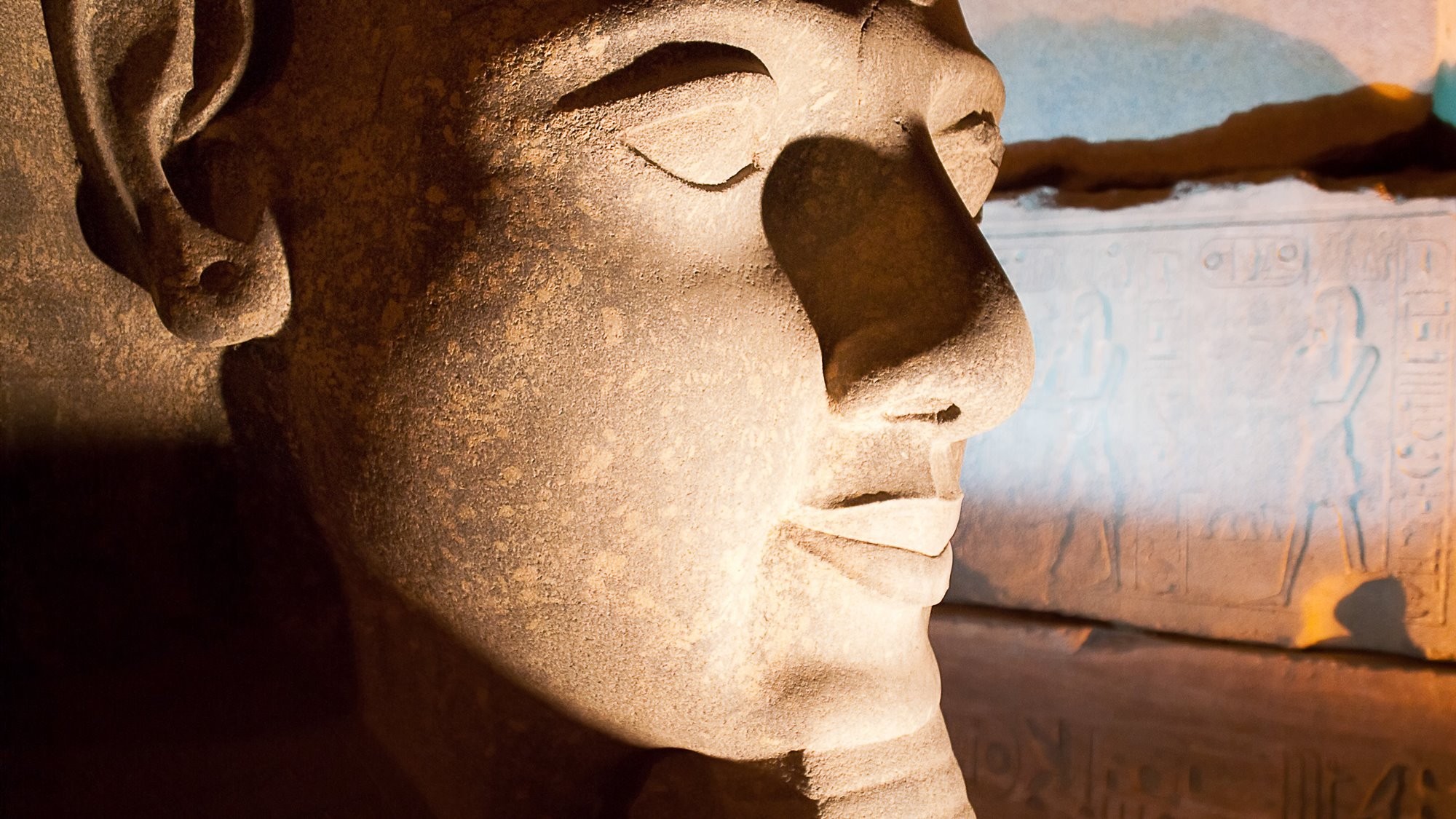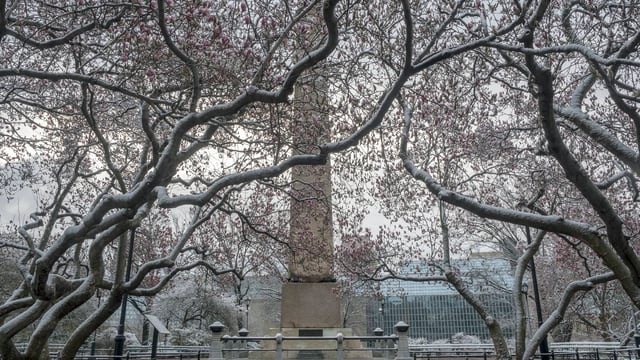New York City
A - Z of Art, History & Archaeology Sites & Museums
9/11 Memorial & Museum
Situated at ‘Ground Zero’, the site of the World Trade Center, the 9/11 Memorial & Museum is the US’s main site for commemorating and documenting the attacks on the Twin Towers, 11 September in 2001. Through the use of a range of media and interactive technologies, authentic monumental and intimate artefacts, as well as individual first hand, the museum presents visitors with the lead up to the attacks, their impact, as well as the continued significance of this tragic event. A number of guided tours are on offer to help visitors get a better understanding of the memorial site.

American Museum of Natural History
With over 34 million natural specimens and cultural artefacts, 45 permanent exhibition halls in 26 interconnected buildings, this is the largest natural history museum in the world. Despite the name, the museum also has many galleries displaying cultures from the old and new worlds. When the exhibition on human origins opened in 1921 this was the first museum to address human evolution.

Brooklyn Museum
There are over 1.5 million works of art in the collections of the Brooklyn Museum. Of particular note is the collection of Egyptian antiquities, artefacts that span a period of 3,000 years. Besides an impressive collection of American art, the museum has notable collections of European, African, Islamic, Oceanic and Japanese art. The museum is also home to the Elizabeth A. Sackler Center for Feminist Art.

Castle Clinton
Castle Clinton is a circular sandstone fort located at the southern tip of Manhattan Island in Battery Park. The fort was built to replace Fort Amsterdam to protect New York against a British invasion in 1812. After being used as a theatre for some time, Castle Clinton served as an immigration processing centre from 1855. It was the USA’s first such facility until this work was transferred to Ellis Island in 1892.

Cleopatra's Needle, New York City
Standing in New York’s Central Park is one of a pair of ancient obelisks that were originally erected in in 1475 at the Egyptian city of Heliopolis by Thutmose III. The other now stands on the banks of the Thames River, London. The obelisk was offered as a gift to the US at the opening of the Suez Canal in 1869. Since being in New York the surface of the obelisk have weathered significantly and some of the hieroglyphic inscriptions are barely visible. Thutmose had the first set of inscriptions added, and 200 years Rameses II added to these in commemoration of his military victories.

Ellis Island National Museum of Immigration
Located close to the border with New York City, Ellis Island and the National Museum of Immigration focuses on the migrants who sailed here across the Atlantic Ocean in the 19th and early 20th centuries. Ellis Island is famous as the location of an immigrant inspection station active between 1892 and 1954. Opened in 1990, the museum includes a range of displays of images and audio-recordings exploring the immigrant experience.

Metropolitan Museum of Art
On of the best known and visited museums in the US, the Met holds some of the finest collections of art. These come from nearly every corner of the world and nearly every time period, including several period interiors that range from early Rome to modern America. Thursday 27 and Friday 28 August are preview days for the exhibition 1870 – 2020: the Making of the Met, members only.

MoMA - Museum of Modern Art
Given its role in both developing and collecting modern and contemporary art, MoMA is often said to be the world’s most influential museum of modern art. In the 1930s it was the first museum in Manhattan to exhibit European modernism, exhibiting works on loan by Van Gogh, Gauguin and others. Now with over 15,000 pieces, MoMA is thought to have the best collection of modern Western masterpieces in the world.

Museum of the City of New York
This museum explores the history and idiosyncrasies of New York City and the people who live there. Three full galleries are dedicated to telling just the history of NYC with the rest of the exhibition space looking at various areas of the city’s past including baseball, Broadway, and activism. The collection is especially strong in its photography and 18th and 19th century collections and consists of over 1.5 million items in total.

National Museum of the American Indian
A Smithsonian museum in three parts, the Museum of the American Indian at the George Gustav Heye Center in NY explores the histories of native peoples from North, Central and South America. Permanent exhibits look both chronologically and geographically at the various cultures that have and continue to exist across the continents, while temporary exhibitions explore topics in Native cultures including war, discrimination and art.

Solomon R Guggenheim Museum
Following the founding of the Solomon R. Guggenheim Foundation in 1937, the first New York gallery opened in 1939 as the Museum of Non-Objective Painting. Designed by Frank Lloyd Wright The Guggenheim in the city in 1959 and has become one of the leading galleries for modern and contemporary art. Opening on 3 October, with special viewing for members and patrons from 30 September to 2 October.

Statue of Liberty National Monument & Museum
The Statue of Liberty was a gift from France to the USA to mark the centennial of the Declaration of Independence and the recent abolition of slavery. The statue stands on Liberty Island, only accessible by ferry. Also on the island is the Statue of Liberty Museum, in which you can see Liberty’s original torch. The interior of the statue, including the pedestal and access to the crown remains closed.

Stonewall National Monument
Dedicated to the history and rights of the LGBTQ community, this National Monument sits across from the Stonewall Inn where the 1969 Stonewall Riots began. Officially created in 2016 as the first national monument to LGBTQ history, this site does not yet have a full visitor centre or much regular programming but continues to commemorate and interpret the continual struggle for rights and freedoms within the American LGBTQ community.

The Met Cloisters
A satellite of the Metropolitan Museum of Art in Fort Tryon Park, north Manhattan, the Met Cloisters displays European medieval art. The reconstructed cloisters were inspired by various medieval architectural features in Europe. On display are some 2,000 artefacts and objects that range from the 12th through the 15th centuries, including tapestries, stained glass, illuminated manuscripts and enamels.

















